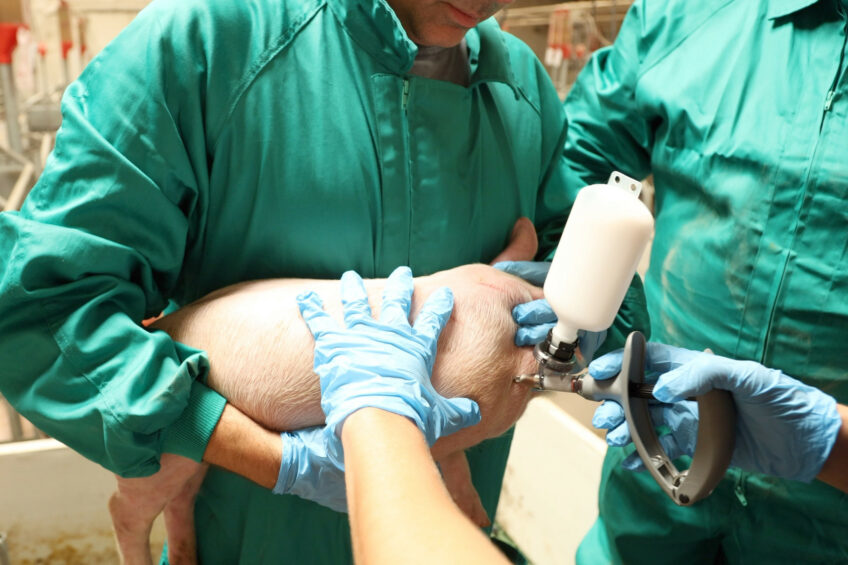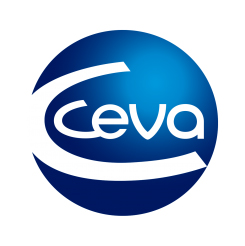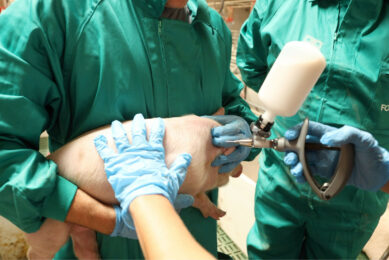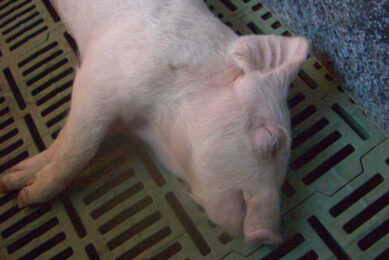Improving swine health through precision: inside the Ceva P.I.G. Program

In modern swine farming, health and profitability are closely tied. Among the key tools available to producers, vaccination stands out as a frontline defense against infectious diseases.
But administering vaccines effectively isn’t as simple as just injecting a piglet – it requires structure, precision, and continuous improvement. Recognising this, Ceva Animal Health has developed the Piglet Ideal Growth (P.I.G.) Program, a comprehensive, protocol-driven initiative designed to optimise piglet vaccination practices on farms.
Why vaccination matters
Vaccination is a cornerstone of preventive medicine in pig production. By exposing piglets to weakened or inactivated pathogens, vaccines trigger immune responses that protect against future disease. While effective, vaccines are not foolproof. Their success depends on numerous variables, including the health of the animal, storage and handling of the vaccine, and the precision of administration.
Notably, disease control can’t rely on vaccines alone. Biosecurity measures – ranging from hygiene and vector control to staff training and farm layout – play essential roles in ensuring vaccine efficacy. As Ceva stresses, a holistic approach is necessary, and understanding the reasons behind vaccine failures is key.
Understanding vaccine failures
When vaccines appear ineffective, the issue often lies not with the product itself, but with how and when it is administered. The Ceva P.I.G. Program classifies failures into 3 categories:
- Vaccine-related: Includes expired products, poor manufacturing, or improper formulation.
- Animal-related: Includes the piglet’s age, health status, or timing of vaccination.
- Management-related: Covers everything from storage temperature to dosage errors and equipment hygiene.
This classification system helps farms trace problems to their source and implement specific corrective measures.
The Ceva P.I.G. Program: a structured approach
At its core, the P.I.G. Program is a customisable auditing and improvement tool. It begins with a comprehensive analysis of vaccination practices, followed by tailored recommendations and ongoing monitoring. The goal is to standardise practices while adapting to the specific conditions of each farm.
The program unfolds in 4 key phases:
- Vaccination analysis
An initial audit identifies critical control points across 3 phases: before, during, and after vaccination. These include farm type, animal health, vaccine storage, team formation, and handling procedures. - Action planning and implementation
Based on audit results, a set of actionable improvements is proposed. These may involve adjusting vaccination schedules, retraining personnel, or upgrading equipment. - Monitoring and follow-up
Regular check-ins ensure that new protocols are correctly implemented and sustained over time. Ceva provides tools such as reminder posters and a mobile app to assist in this process. - Measurement via vaccination index
Using the Ceva Audit Manager app, each farm is scored based on their adherence to best practices. This ‘Vaccination Index’ helps quantify performance and identify areas needing improvement.
Precision at every step
Each stage of the vaccination process is dissected in detail. Prior to vaccination, the focus is on farm organisation, vaccine storage, team responsibilities, and equipment readiness. For example, vaccines must be refrigerated between 2ºC and 8ºC and warmed before administration to reduce reactions.
During vaccination, both animal welfare and team safety are emphasised. Operators are trained to minimise stress through gentle handling, use of personal protective equipment, and proper injection techniques. Special attention is paid to needle hygiene, dosage accuracy, and post-injection checks to reduce the risk of infection and abscesses.
Post-vaccination, protocols ensure proper equipment cleaning, waste disposal, and session reporting. This documentation is essential for future traceability and continuous improvement.
A role for veterinarians
While farm staff handle day-to-day vaccination, veterinarians play a critical strategic role. They determine vaccination protocols based on farm-specific risks and oversee implementation. Where direct oversight isn’t possible, the Ceva program ensures that farm managers and operators receive the training and tools needed to maintain high standards.
A data-driven future
The P.I.G. Program is designed not just to educate, but also to measure and refine. Its mobile app automates audit scoring, generates reports, and tracks improvements over time. This allows both Ceva and the farm to clearly see progress and return on investment.
Conclusion
By turning vaccination into a standardised, measurable process, the Ceva P.I.G. Program is transforming how swine producers protect their herds. In a field where small missteps can lead to major losses, this initiative ensures that every shot counts – not just for the health of the animals, but for the sustainability and profitability of the farm.






